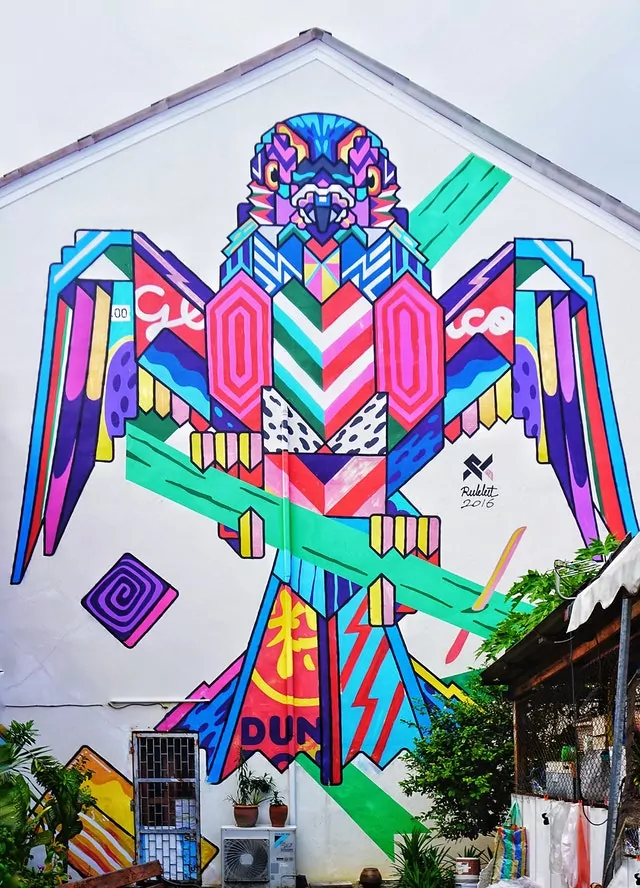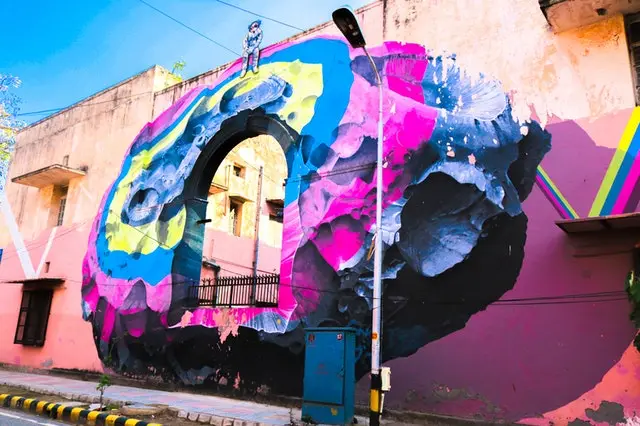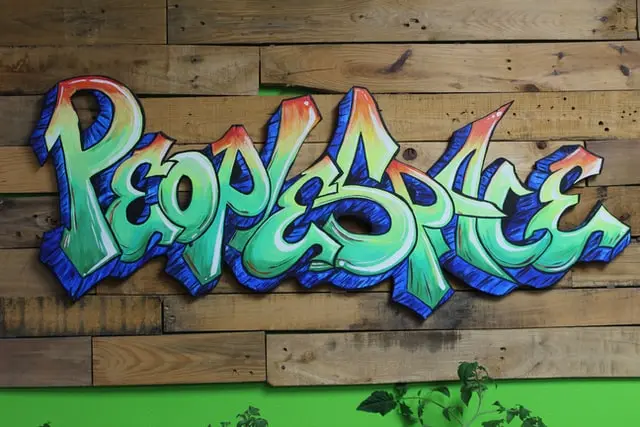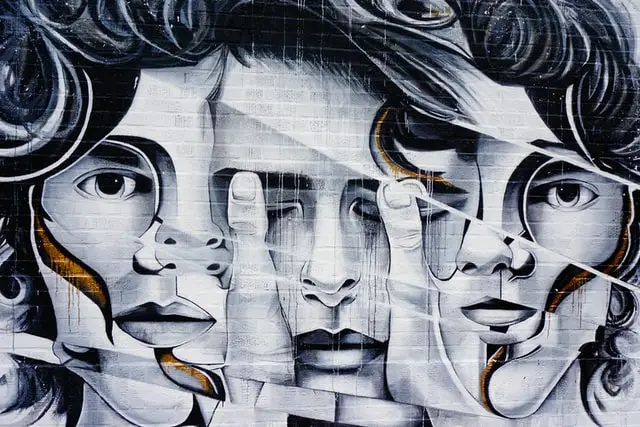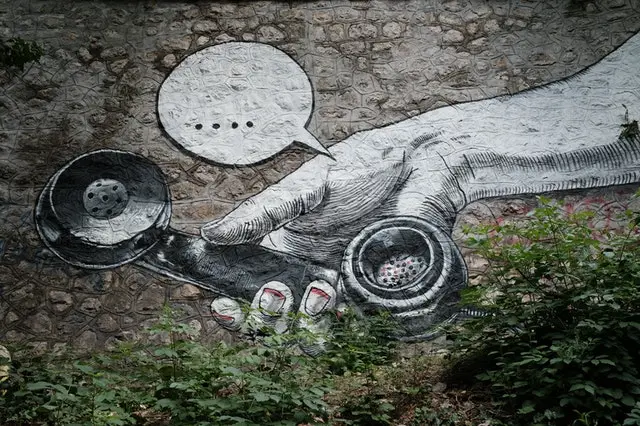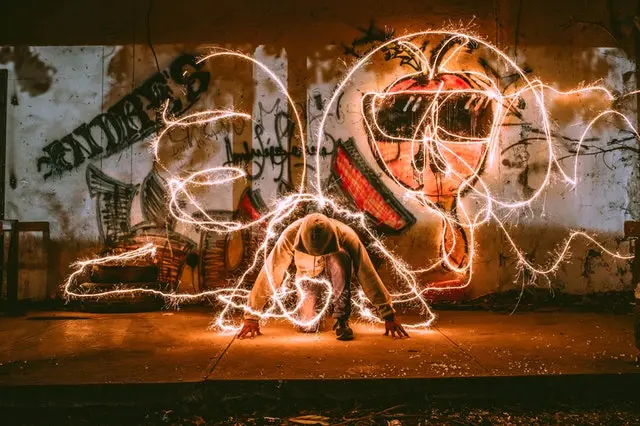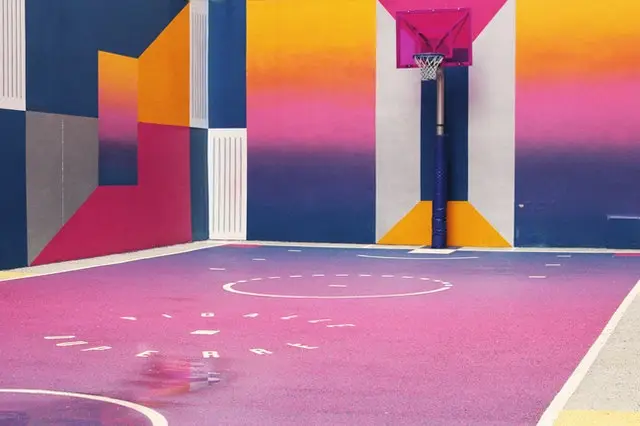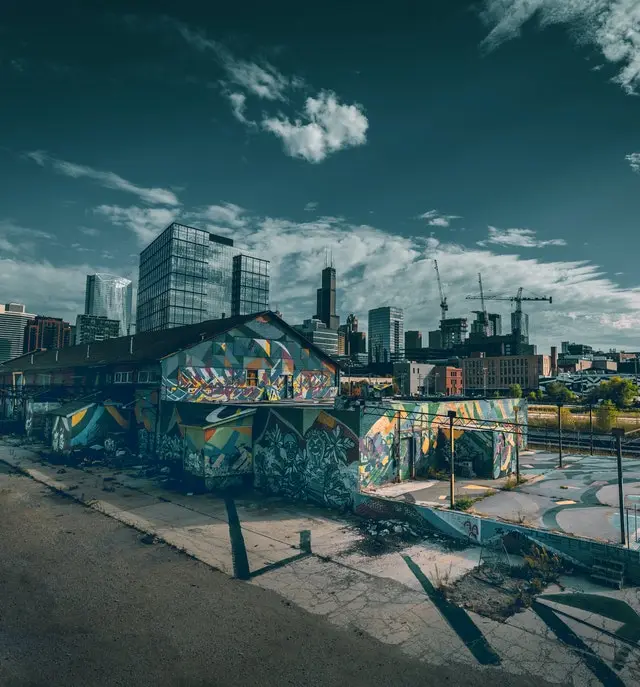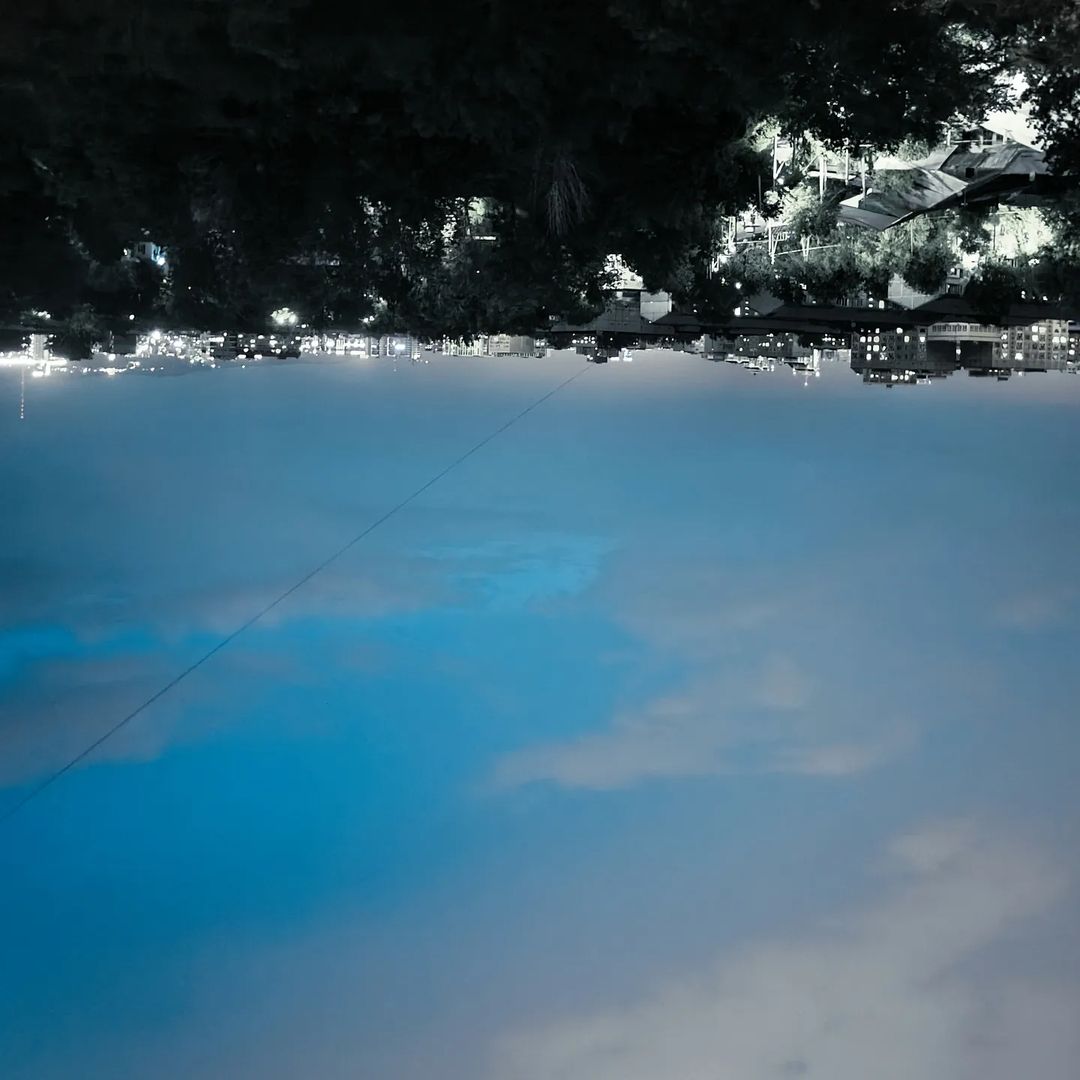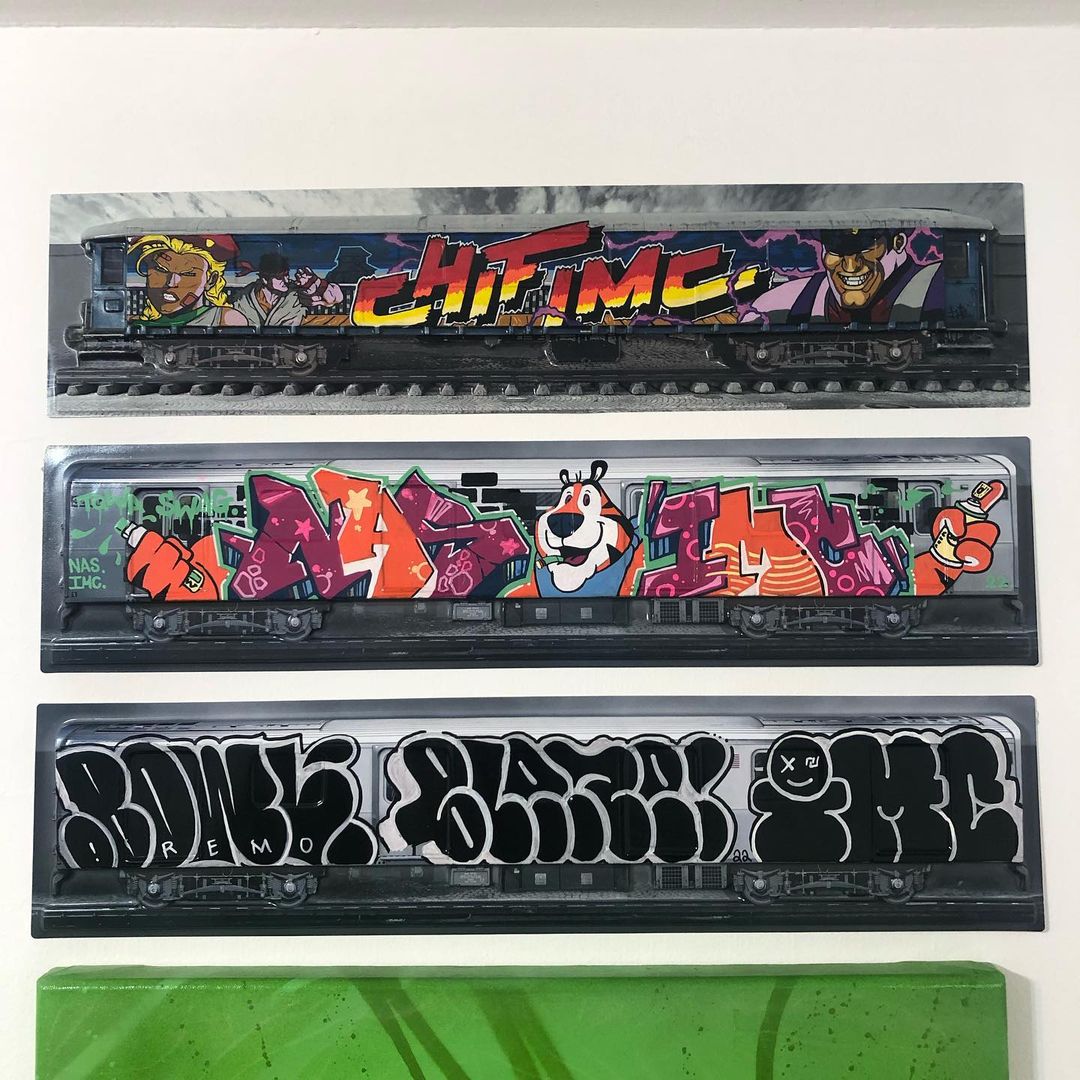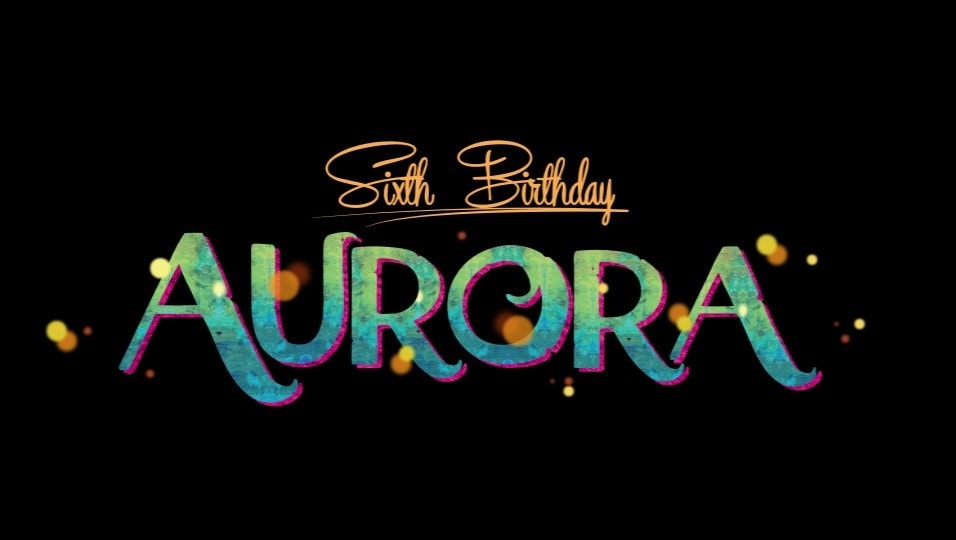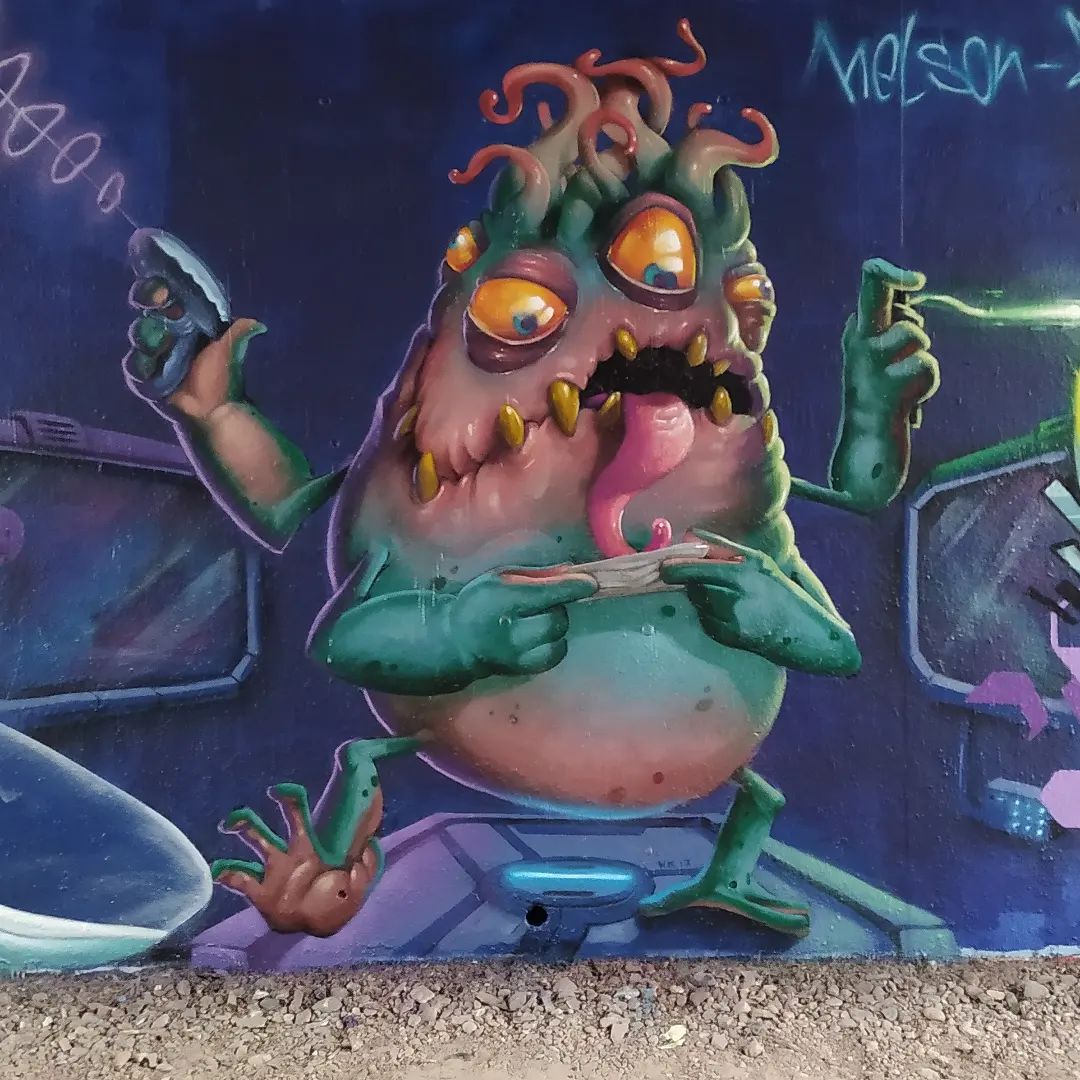GRAFFITIARTIST is an agency for street art, graffiti and mural painting, specialized in art projects. We focus on creating impactful and trend-setting artwork for businesses and individuals.
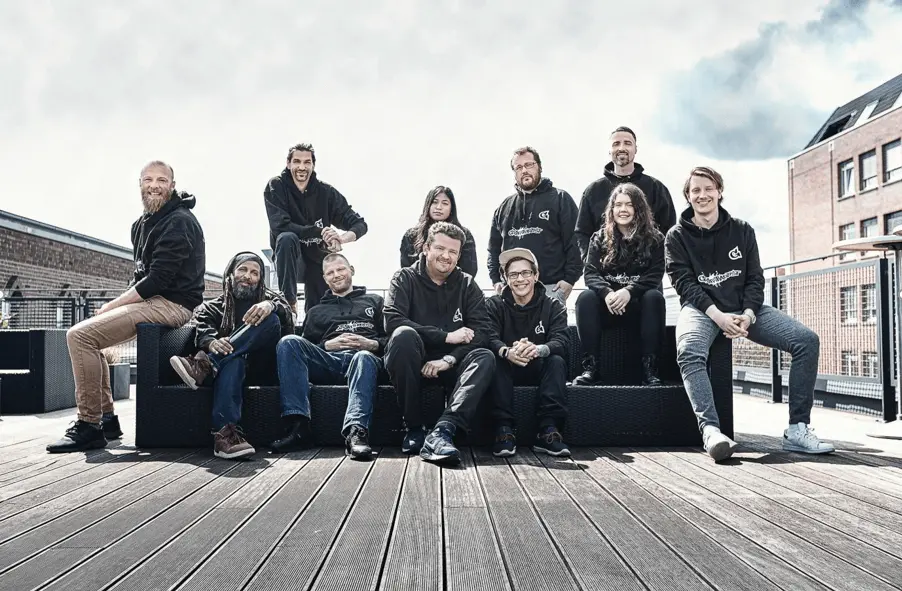

Your think tank for professional graffiti & street art
GRAFFITIARTIST is an agency for street art, graffiti and mural painting, specialized in art projects. We focus on creating impactful and trend-setting artwork for businesses and individuals.
Our team of experts in art, street art and marketing advises and refers clients to professional artists throughout Europe.
GRAFFITIARTIST, the urban art and consulting manufactory, is known for its collaboration with artists and graphic designers in the design of business spaces.
Our street artists will help you create individual, hand-painted and timeless art in work environments or private spaces. We provide wall art in public spaces, using a variety of mediums including spray paint and brushes.
Banksy: “Imagine a city where graffiti is not illegal, a city where everyone can paint what they want. Where every street is littered with a million colors and little sayings. Where standing at a bus stop is never boring. A city that feels like a party where everyone is invited – not just the real estate agents and the barons of big business. Imagine a city like that and stop leaning against the wall – it’s wet.”
GRAFFITIARTIST is Europe's largest artist recruitment agency
We are not only art service providers, but your contact for all your graffiti and street art needs. Besides art, our focus is on the security and protection of your premises. We also pride ourselves on our high efficiency, communication and quality.
Our network of professional graffiti artists stretches across Germany and throughout Europe. Come to GRAFFITIARTIST if you are looking for artists to hire for a professional art project.
As Europe’s largest artist placement agency, GRAFFITIARTIST arranges street art, mural painting and graffiti.
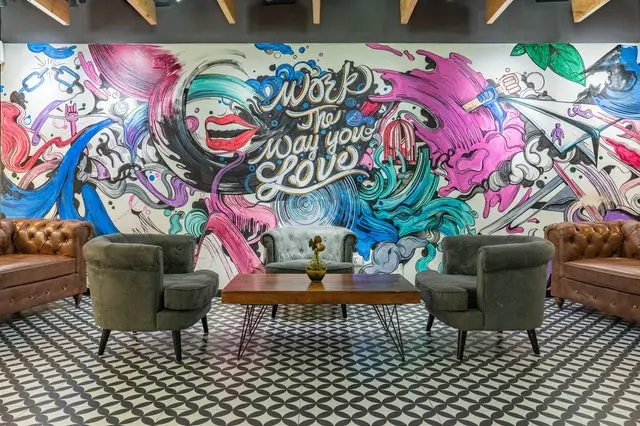

Why GRAFFITIARTIST?
We are a creative agency led by artists and experts in marketing and project management.
What we have in common: our passion for urban art! Street art can enliven any surface and make people’s hearts glow.
Professional wall design and first-class facade value enhancement: We arrange street artists in Germany and Europe.
Artists are not unattainable and outstanding art should be affordable for everyone. We bring the art to you and eliminate prejudices against street art.
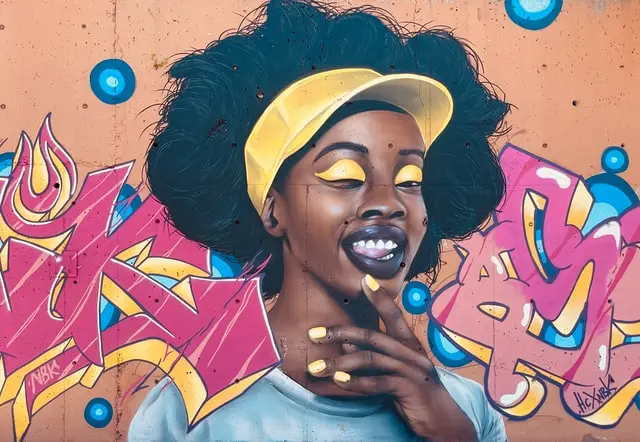
Do you have an idea?
Let’s talk about it and get dreams on their way. GRAFFITIARTIST strives to meet and exceed your expectations. With the right street artist, you can bring wonderful projects and emotions to life.

Perfect fit artist placement
We will find the right artist for you and take care of all communication. Our individual artists are as much the focus of GRAFFITIARTIST as you are as a client. Fairness on both sides is the central building block for every project.
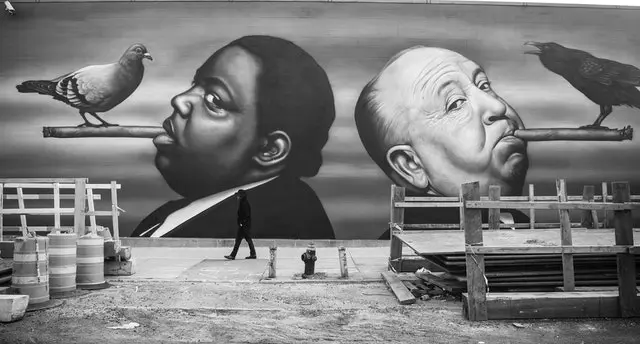
Economic efficiency and artistic action can be combined
Talk to us, we negotiate your project economically correct and create transparent schedules. In detail, we determine an economically decent price based on surface, detail and style. Communication is always proactive. Artistic work can be calculated, but never loses its uniqueness!
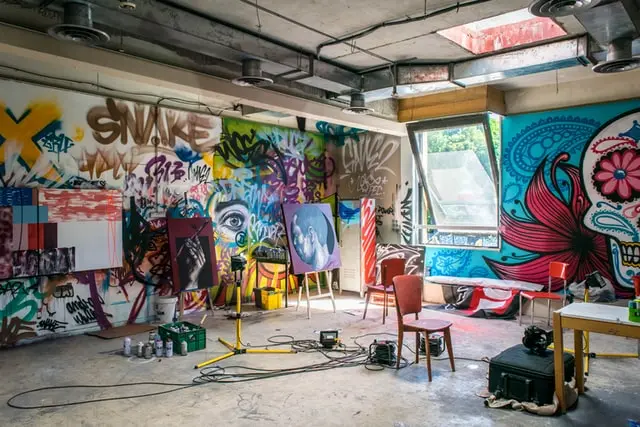

Workshops
Want to learn about graffiti before having your facade embellished with a work of art made of paint? GRAFFITIARTIST brings together the client and the artist.
Get to know the steps and working methods of a street artist. Feel the enthusiasm of graffiti sprayers and their love for urban art.
Do you feel like wielding the spray can yourself? Or wouldn’t it be a great idea for a youth project: we show young adults that graffiti is high-quality art and doesn’t have to have anything to do with illegality.
Here’s how a workshop could go:
- Introduction to the history of graffiti.
- Introduction to the relevant artists of the scene.
- Introduction to the different styles and techniques.
- What types of cans and caps exist.
- How do the lettering techniques differ?
- Practice: Learn how to sketch together with us.
- Practice: Put your sketch to work on a wall.
All artistic skills are welcome. Let us take you on a colorful and exciting journey into the world of street art!
The customized graffiti of GRAFFITIARTIST
GRAFFITIARTIST’s custom graffiti will transform your space and provide an engaging backdrop for any retail location, private home or workplace.
Our works are the perfect “Instagram moment” for guests to share their experiences via social media, providing valuable, authentic word-of-mouth advertising. Furthermore, our street art offers a lucrative way to advertise your company.
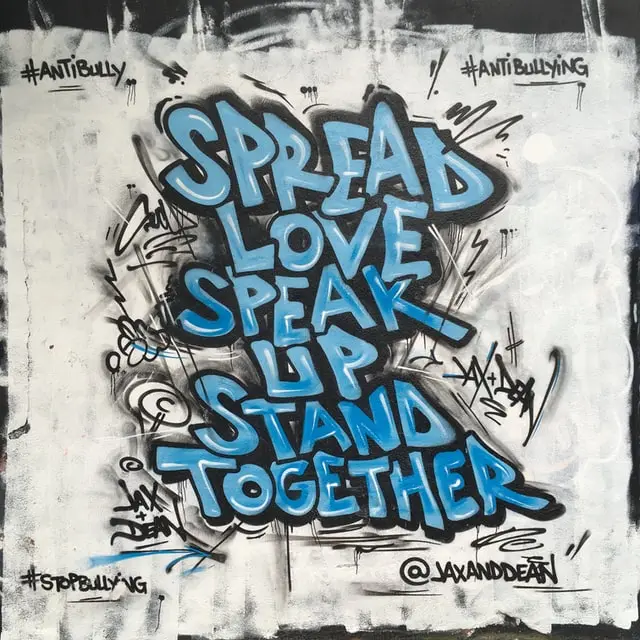

Commercial art: Large-scale, hand-painted graffiti for indoor and outdoor use
Our custom murals are designed with you and handcrafted by one of our street artists and graffiti artists.
At GRAFFITIARTIST, we work with you from planning and conceptualization to design and execution.
Our goal is to deliver art that enables your brand to achieve its overall marketing communication goals.
In addition, our murals convey a specific message in a way that works best for geographic and demographic audiences.
We are always guided by your mission and vision and are able to provide you with the right solutions for your needs.
GRAFFITIARTIST’s custom graffiti will transform your space and provide an engaging backdrop for any retail location, private home or workplace.
Our works are the perfect “Instagram moment” for guests to share their experiences via social media, providing valuable, authentic word-of-mouth advertising. Furthermore, our street art offers a lucrative way to advertise your business.
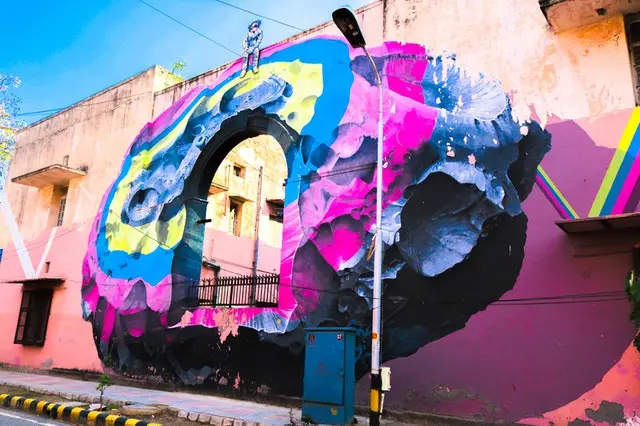

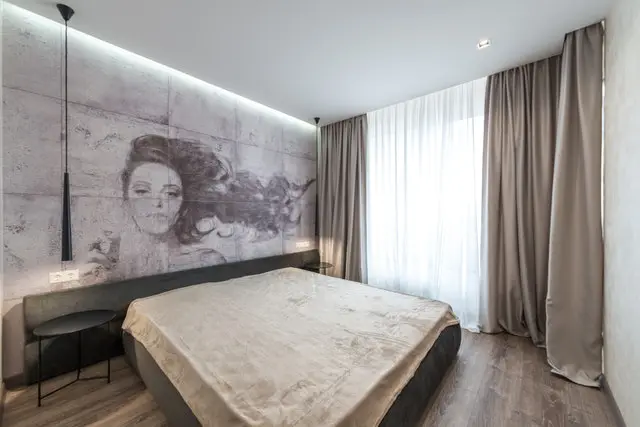

Graffiti for living spaces
Handmade design elements and custom wall art add a personal touch to any indoor or outdoor space.
- Living Rooms
- kitchens
- study rooms
- Youth rooms
- courtyards
A graffiti artist or street artist from GRAFFITIARTIST will provide you with custom design solutions that will make any space look the way it should.
GRAFFITIARTIST is a creative team created specifically to provide a diverse portfolio of clients with professional, impactful and efficient graffiti and street art design services.
Our experts’ unique combination of graffiti, street art and marketing experience is designed to embody your company’s brand message with effective creative design concepts. This allows you to reach the next generation of buyers.
Malina Suliman: “In Afghanistan, I did street art because it was open access, but when I had an exhibition, only men came. I am an artist, not only for men, but also for women. That’s why I love graffiti.”
The latest works of art from our artists
Here you can see the latest projects from our artists.



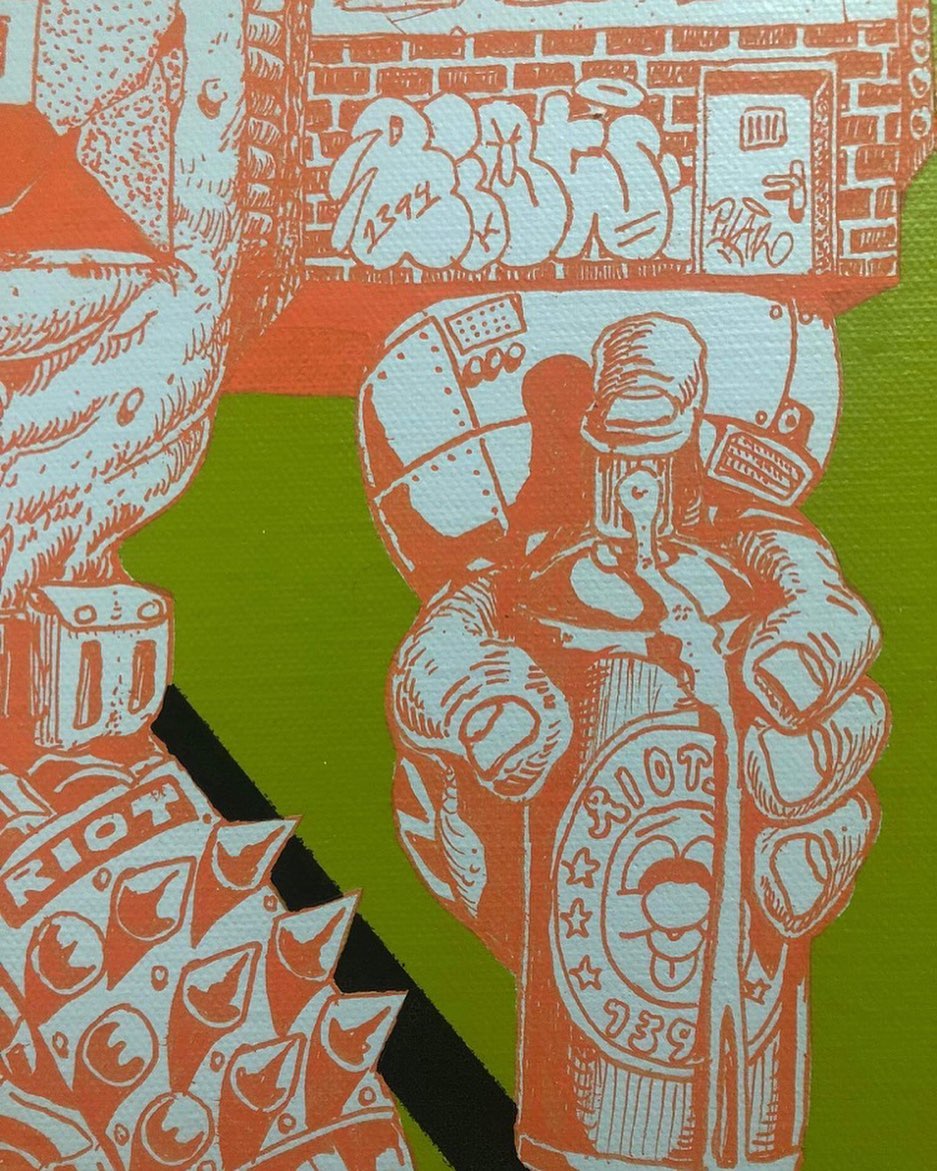
Graffiti and Street Art
Graffiti is a generational art form. Our artists learned their craft on the streets. After decades of experience, they have mastered distinctive lettering and groundbreaking techniques unique to this art form.
This gives our graffiti artists unparalleled skills for their commercial work. Unlike artists who are initially trained in art schools, graffiti artists inherently understand the demands of large-scale, exceptional projects.
At GRAFFITIARTIST, we push our art into new areas. By matching our artists with you, the client, we promote the unparalleled skills of these creative minds and bring their unique take on graffiti to the public.
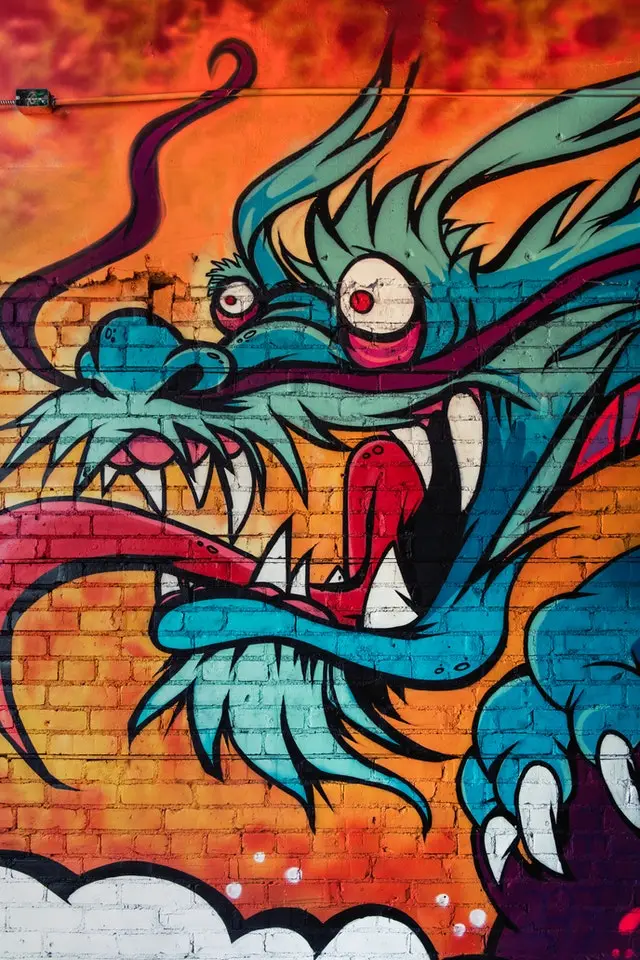


Choose your street artist now
Our artists have extensive experience painting on all types of surfaces and media.
These are the 5 hottest graffiti artists 2022

Obey - Shepard Fairey
You probably already know the Obey brand. It is the trademark of artist Shepard Fairey, an American from South Carolina.
With the Obey symbol, he encourages people to pay more attention to the world around them instead of indifferently rushing through the streets. Fairey designs extraordinary posters to promote peace, equality and respect for human rights and is one of the most dedicated street artists of our time.

Jef Aérosol
Born in France in 1957, Jef Aérosol is without question one of the best-known street artists. He began using stencils in the 1980s and, along with a few other artists, was one of the first to adopt this new art form. Today, his works can be seen in the streets of metropolises around the world.

Banksy
It is impossible to talk about street art without mentioning Banksy. For years, this mysterious British street artist has fascinated and divided the art world. His commitment to current issues, his sometimes provocative works and his anonymity are reasons for his success.

Lady Pink
Street art has long been mistakenly considered a male-dominated movement. In reality, many female artists are part of this art movement. Lady Pink is one of the first female artists to appear in New York in 1980. It was not easy for the woman from Ecuador to gain a foothold in this male-dominated scene. But with her colorful style, she made her mark.

Faith XLVII
Faith XLVII is a South African artist who is involved in many social and political causes. Her most famous works are those in which she defends the rights of animals. This theme is particularly close to her heart and her works are full of symbolism.
GRAFFITIARTIST creates art with graffiti
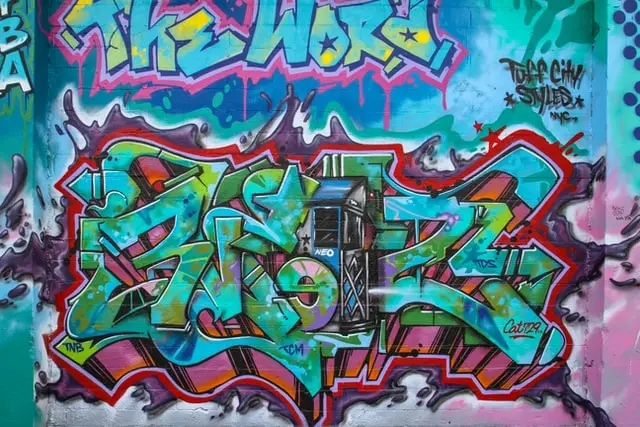
What do we do?
GRAFFITIARTIST specializes in artwork with authentic graffiti roots. As an agency run by graffiti artists and marketing experts, we bring together international brands, real estate developers and public organizations. With a pan-European network of graffiti artists known for their distinctive aesthetics, we create access to art. This results in innovative and memorable great works.
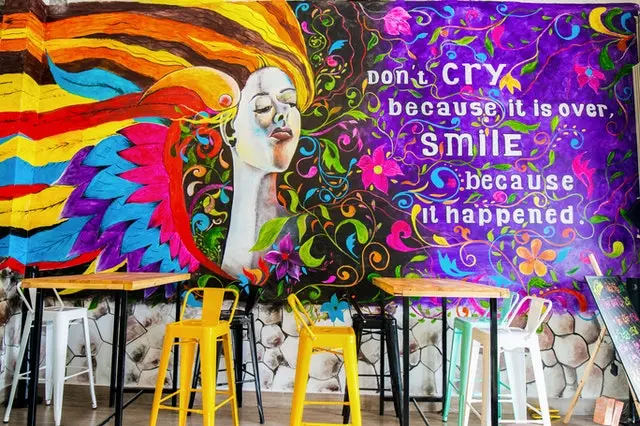
How do we do it?
It is human nature to act quickly. From communication to implementation, we assess each project from a graffiti and street art perspective. Then we match our clients with original artists who can make their visions unforgettable. In doing so, we communicate as an intermediary between client and artist.
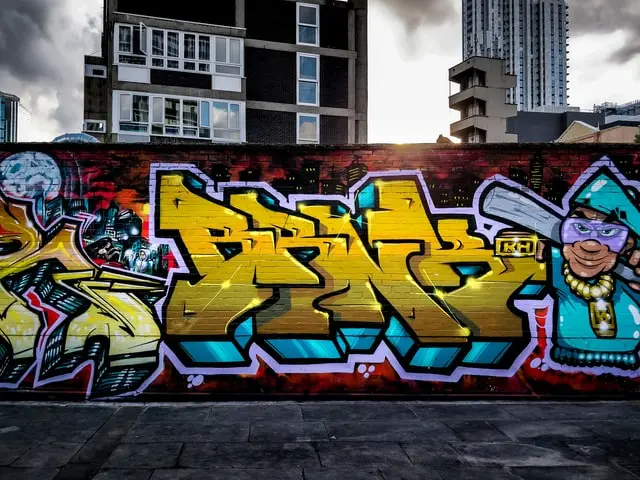
Why is this important to us?
Our team is deeply rooted in the world of graffiti. We know our way around the network of graffiti artists and talk to exceptional artists who otherwise do not work publicly.
At the same time, we offer them the opportunity to present their distinctive art form in an innovative way.
Tonedeff: “Love is like graffiti on a train. The meaning of love is not easy to explain.”
GRAFFITIARTIST answers the most frequently asked questions about graffiti
Vandalism, tags, doodles … so many terms, often pejorative, are associated with graffiti in the collective imagination. And yet graffiti is a widespread art that has taken many forms.
Today, graffiti is an independent part of various art forms. Great artists have managed to transform graffiti as an integral part of street art into a respectable art form.
These graffiti artists achieved over many decades that graffiti is now recognized and respected by most!
Graffiti, by definition, is a drawing or inscription painted, drawn or engraved on public or private property, monuments, walls or other supports not normally used for that purpose.
Graffiti is the voice of the masses, a way to break the rules or loudly point out a fact or general discontent.
For many, it is also a life-size canvas, a place to let their imagination and creativity run wild.
Visual art offers a lot of visibility and a very special way to show a desire to turn things around in the paint.
Graffiti has its origins in antiquity: the term derives from the Latin word graphium, which means a stylus used in Rome for inscribing and writing, especially in wax.
It is also associated with the Greek verb graphein, which means to write, but also to draw.
Graffiti is found on the walls of Pompeii, covers the agora of Smyrna, and marks the stages of the scribes’ travels on the Nile.
Graffiti often highlights key moments in history and is both a source of testimony and a kind of open book that tells us other stories: the stories of those who have gone before us.
From today’s perspective, graffiti is associated with street art and hip-hop culture. Often, artists perform in groups. These groups are called “crews” or “squads” and usually state their personal pseudonyms or those of the crew.
The common terms for artists who depict graffiti are graffiti painters, graffiti writers, and graffiti artists.
The origins of graffiti
In fact, graffiti has been observed throughout history as we know it today. From cave paintings to the city of Pompeii in Italy, which was buried under the lava of Mount Vesuvius in 79 AD, to Athens in Greece, graffiti is a reflection of many civilizations, some of which have been forgotten.
Ben Eine: “Graffiti writers will never stop. They will only evolve. It’s interesting to see what ideas people come up with and how it all evolves.”
Graffiti in Europe
In the late 1960s, conventional graffiti had a very intellectual and thoughtful value, many of them politically inspired. Sometimes humorous, sometimes poetic, catchy and friendly slogans were depicted, often with a double meaning. It was done with a roller, brush or spray cans.
Since the 1980s, graffiti is considered urban art and its illegal aspect interested many artists. It was painted in a light-hearted way, creating new and very interesting techniques such as stencil painting.
Colorful and crazy: that’s graffiti.
Banksy: “Painting graffiti is the most honest way to be an artist. You don’t need money to do it, you don’t need training to understand it, and it doesn’t cost an entrance fee.”
The Berlin Wall was built, separating East and West Germany. As a result, it was impossible for citizens on the east side of the Wall to cross it or even get close to it. In West Berlin, the Wall became a canvas for graffiti.
When the Wall was destroyed in the late 1980s, it was almost completely covered with slogans, drawings and paintings. It served as a platform for many young people who wanted to protest and express their discontent.
Graffiti in America
Graffiti first became popular in America in the 1970s in the New York underground.
What began as a simple display of tags took on gigantic proportions. Subways and train cars were soon covered with a variety of inscriptions. In just a few short years, graffiti artists improved their art by adopting different styles, colors, shapes, and creating typographies.
The ultimate goal of graffiti at the time was to gain fame and recognition from peers. Artists wanted to prove their existence and courage by creating works in places that were often forbidden or controlled.
Thus, in the late 1970s, hip-hop culture was born. This form, which consisted of dance, music, mixing records, clothing and rap, brought people together.
Graffiti crews pursued their ultimate mission: to create art that represented their culture.
Graffiti is a form of artistic manifestation in public spaces. The most common definition states that graffiti is a type of inscription on walls. There are reports and traces of this art since the Roman Empire.
Its appearance in the modern age took place in the 1970s in New York. Some young people started to leave their traces and messages on the walls of the city. Some time later, these traces developed into techniques and drawings.
Some of these messages and drawings are nowadays exhibited in art galleries all over the world and are worth millions.
In the late 60s and early 70s, painting or carving signs and lettering in public spaces took on unprecedented proportions. Graffiti emerged and was mostly done in a hidden way.
In this way, it was possible to transmit coded messages to the members of a particular group. New York gangs adopted this interactive method to secretly communicate through inscriptions on walls and city property. For this purpose, they designed monograms or more complex enactments.
Some scholars believe that graffiti is an art, printing symbols and aesthetic configurations in their secret information, even if unconsciously. These arise from the establishment of hidden signs within a group and temporally transcend the community that created them.
Furthermore, graffiti is another expression of the cultural movements that flourish on the streets, which include hip-hop as well as rap and breakdancing.
Graffiti differ from paintings by their often illegal, somehow secret character, by the places where they were placed and by what they represent.
Graffiti, as we know it today, is urban and has undergone a remarkable development over the decades. It often arose in the context of political tensions or after social events that had a great impact on the masses.
This art developed during revolutions, wars and later in an aesthetic spirit through the use of new techniques such as spray paint, the use of stencils, engraving and painting with brush or roll.
In addition, graffiti became more credible by observing new styles in the art world.
Chrome, bubble, comic style and tattoo art are just some of the different styles of graffiti art.
In recent decades, a large number of talented graffiti artists have become famous for their work. These include Cornbread, Jean-Michel Basquiat, Dondi White and Banksy. With their eye-catching and intelligent work, the artists have become icons of street art, often reflecting what many people think in secret.
Jean-Michel Basquiat: “When I was a kid I was a really lousy artist. Too abstract, expressionist or I drew a big ram’s head, really messy. I never won painting competitions. I remember losing to a guy who painted a perfect Spiderman.”
Jean-Michel Basquiat was a New York graffiti artist who later became a neo-expressionist artist. Basquiat began his art in abandoned buildings and moved into different circles of the city’s alternative art scene in the 1970s and 1980s, and his career was furthered by a major exhibition, the Times Square Show.
Next to him, the artist Keith Haring first drew chalk on the walls of New York subway stations and had his works printed on walls all over the world, including the Berlin Wall.
Both artists also produced canvases and died prematurely. Consequently, their works are worth a lot in the art auction market.
Many graffiti artists are interested in painting on canvas and some of them exhibit their works in art galleries all over the world.
Keith Haring: “Drawing is basically still the same as it has been since prehistoric times. It brings people and the world together. Drawing lives by magic.”
It was the love and passion for urban art and its revolutionary tendencies that led people to graffiti. Some of them developed very special methods to complete their works, which made them highly respected virtuosos all over the world.
There are different forms of graffiti art. Banksy, for example, uses stencils that are cut out with great precision and processed with a spray can, brush or paint roller.
Graffiti is very lively all over the world and is becoming more and more popular. Every major city can now boast with artistic writings or unique murals.
In a 3D graffiti that arises from different visual notions of depth, the graffiti artist must have excellent skills. This graffiti technique requires the technical mastery of the combination of colors and shapes.
Graffiti is without a doubt a passionate and lively art. The motivations and inspirations that come to light are as diverse as the artists who join this movement.
These are very personal, even intimate motivations, inspired by everyday life and arouse strong emotions in artists and viewers alike.
Graffiti ist zweifelsohne eine leidenschaftliche und lebendige Kunst. Die Beweggründe und Inspirationen, die zum Vorschein kommen, sind ebenso vielfältig und unterschiedlich wie die Künstler, die sich dieser Bewegung anschließen.
Es handelt sich um sehr persönliche, ja intime Beweggründe, die vom Alltag inspiriert werden und sowohl bei Künstler als auch bei Betrachter starke Emotionen hervorrufen.
The difficulty is to know whether an artist is offering a fair price or not. The lack of a law on pricing in this area is a problem. However, it is important to know the prices charged on the market. The prices for murals are usually calculated per square metre and per quality.
On the market, there is a whole range of prices, some high, some lower, but what you really need to consider is the quality and skills of the artist.
There is no universal price for a graffiti! The calculation of the price depends on three factors:
- The square meters of the area to be decorated.
- Type of material, substrate and location of the surface to be painted.
- The style of graffiti.
- Complexity and level of detail of the design.
The number of square meters of the wall is an important factor when it comes to setting the budget for an individual graffiti mural. The larger the surface to be painted, the more the graffiti will cost. However, the price per square meter decreases as the size of the wall increases.
Another point that is taken into account in the amount of the graffiti price is the type of beam to be decorated with graffiti. It depends on the type of wall. This means whether it is an external wall decorated by hand or an internal wall – whether it is a rough or smooth wall – whether it is a metal plate – whether a crane or scaffolding is needed – whether a previous primer is required, etc.
In short, all these factors are also taken into account when estimating the cost. For a graffiti artist, of course, a new, smooth wall at street level would be ideal, but this is not always the case. Therefore, the location and the substrate are also factors that have to be taken into account when calculating the price of graffiti on a facade.
The type and style of the graffiti are also of great importance when it comes to the question of how much graffiti cost. Painting realistic graffiti is not the same as a company logo, as it takes much more time. So is the level of detail. For example, if photorealism is to be implemented as a graffiti style, this takes much more time than a pop lettering or a logo.
The more detailed the motif, the higher the effort and thus the price.
The fourth and final point that you should consider when you want to know how much graffiti cost is related to digital design and its complexity.
This is where not only the creative and artistic component of the client comes into play, with the idea he has in his head and wants to hold on to the wall, but also the design that the graffiti artist carries out based on his needs and expectations.
The more complex the design (colors, development of the idea, composition, realism, technique, etc. ), the higher the price, as it requires much more time for production and design, but also for implementation.
Creating a graffiti on someone else’s property is illegal without the owner’s permission. In order to combat illegality, cities and municipalities provide spaces for young artists to immortalize themselves.
Here the works of other artists should not be overpainted.
In it’s form and presentation, graffiti resorts to American culture. Some gangs use symbols in addition to general terminology. For example, the number 187 is a death threat, whereas the number 187 corresponds to the California section of the Criminal Code for Murder.
The number 4/25 stands for life – another influence of American gangs.
Graffiti expresses itself through a variety of styles, influences and peculiarities.
Originally, the basic style was based on writing one’s own lettering. In the years that followed the development of graffiti, the letters became more voluminous, the curves and lines changed, and the execution became more and more complex.
Blockbuster
The blockbuster graffiti style appeared in the early 1980s. It was created by the graffiti artists BLADE and COMET 1.
It is a graffiti style characterized by the square shape of the letters and their impressive volume.
This type of graffiti mainly uses two colors and the work is made with rolls of color.
This form of graffiti was created to quickly process large areas such as railcars.
KRS One: “Graffiti art brings you back to your human abilities – to your mind and to what you really are.”
Wildstyle
The Wildstyle was coined in 1974 by the graffiti artist TRACY 168. It is a unique and complex style that has contributed to the evolution of graffiti from simple scribbled words to large-scale works of art that are admired all over the world.
The Wildstyle is a masterpiece that uses a large area. The letters are pointed, tangled, composed and painted with a variety of bright colors that differ from artist to artist. The finished work is often not visible to the untrained eye.
Wildstyle is one of the most widespread forms of graffiti fonts. Apart from the technique, the name of this graffiti style derives from a context of rebellion and demand. This style shows the way these artists live.
TRACY 168: “I loved the feeling of adventure . . . the adrenaline rush. I imagined being a Tom Sawyer or Huckleberry Finn. And I loved seeing my name on the trains.”
Bubbles
The bubble style was created in 1972 by the graffiti artist PHASE 2. It is one of the earliest graffiti styles.
The very name of this font describes the aesthetics of the lettering: the letters look like soap bubbles that are about to burst. They have a round shape and partly overlap.
Bubble Graffiti is produced in two colors. The letters are sprayed with one color and bordered with another color. This creates depth and contrast.
Bubble letters were used to paint medium-sized surfaces such as a truck.
PHASE 2: “Despite all that was written, there were only a handful of people who were innovative. They set the accents and pointed out the most important elements that then became everyday styles and the whole crowd followed. Style happened to be one of my things. That’s how I functioned in the everyday matrix of life.”
3D
The 3D style marks the next phase of graffiti history and was invented in 1993 by Erni Vales.
In this type of graffiti, 3D blocks are attached to the sides of the letters to give them volume. The blocks are connected to the outline and colored.
This type of graffiti offers endless possibilities for individual design. To achieve a perfect result, the artists play with light and shadow.
3D technology is a pure manifestation of hip-hop values. Erni Vales used 3D to add an extra dimension to the filling of the letters.
Lawrence Ferlinghetti: “Poetry is an eternal graffiti written in the heart of every human being.”
Throw-Up
The Throw-Up is a variation of the bubble style.
Technically, it is a composition based on the use of only 2 colors. The darkest color, which can be a matte black, is used as the outline. The second lighter color is needed to fill the letters. The curve of the lettering keeps the same proportions and style as the Bubble Letters.
The Throw-up follows the style of the Bubble Letters and no train, no wagon, no subway has been spared.
Alec Monopoly: “When I first painted the Monopoly type, I was criticized. People said, “You only paint cartoon characters, anybody can do that”, but I’m actually a very skilled artist. So right after that, I published a Jack Nicholson portrait that was very detailed on the face to show my skills.”
In the meantime, graffiti has evolved further. Beautiful paintings are created in absolute realism. Portraits created for eternity: photorealism in perfection. But all these beautiful works would not have been created without the beginnings of graffiti art.
Current informations
Check out our latest news to be always up to date together with Graffitiartist. Because we don’t only offer you a platform for your development, but also keep you always up to date.



Would you like to hire a graffiti artist?
If you would like to work with our team, contact us today for graffiti assignments and project inquiries. We look forward to matching you with a graffiti artist or street artist to create a memorable painting on your wall.
Pablo Picasso: “Every child is an artist. The problem is to remain an artist when you grow up.”
Beautify your space with a stunning piece of urban art. Have a beautiful and hip graffiti painted on your wall, office space or home. We can design your vehicle and turn it into a mobile work of art.
GRAFFITIARTIST will provide you with experienced graffiti or street artists who will create a beautiful painting for you. The artwork will be custom made and the artist will design something unique for you.
This can be designs, pictures, portraits, lettering and more. Would you like to be involved in the design or be surprised? It is your decision!
Our artists have extensive experience painting on all types of surfaces and media.
Hire the best graffiti artists
GRAFFITIARTIST was born out of a desire to professionalize the art industry while making it easier to find artists.
We are an online marketplace where you can find and hire graffiti artists and street artists. GRAFFITIARTIST has a deep understanding of art, business and marketing. We want to connect you with the right artists to help you realize your dream of art.
As the largest pan-European graffiti marketplace, we specialize in custom graffiti art and murals.
We mediate:
- artists for corporate offices
- large-scale art in public spaces
- murals for commercial and residential buildings
- interactive art
- events or spray events.
GRAFFITIARTIST believes that art truly creates better connections, enlivens spaces in different ways, promotes business growth, and can inspire further public engagement.
Our vision: We are your one-stop shop for all your graffiti needs. You can now commission your murals, street art and graffiti all in one place.
